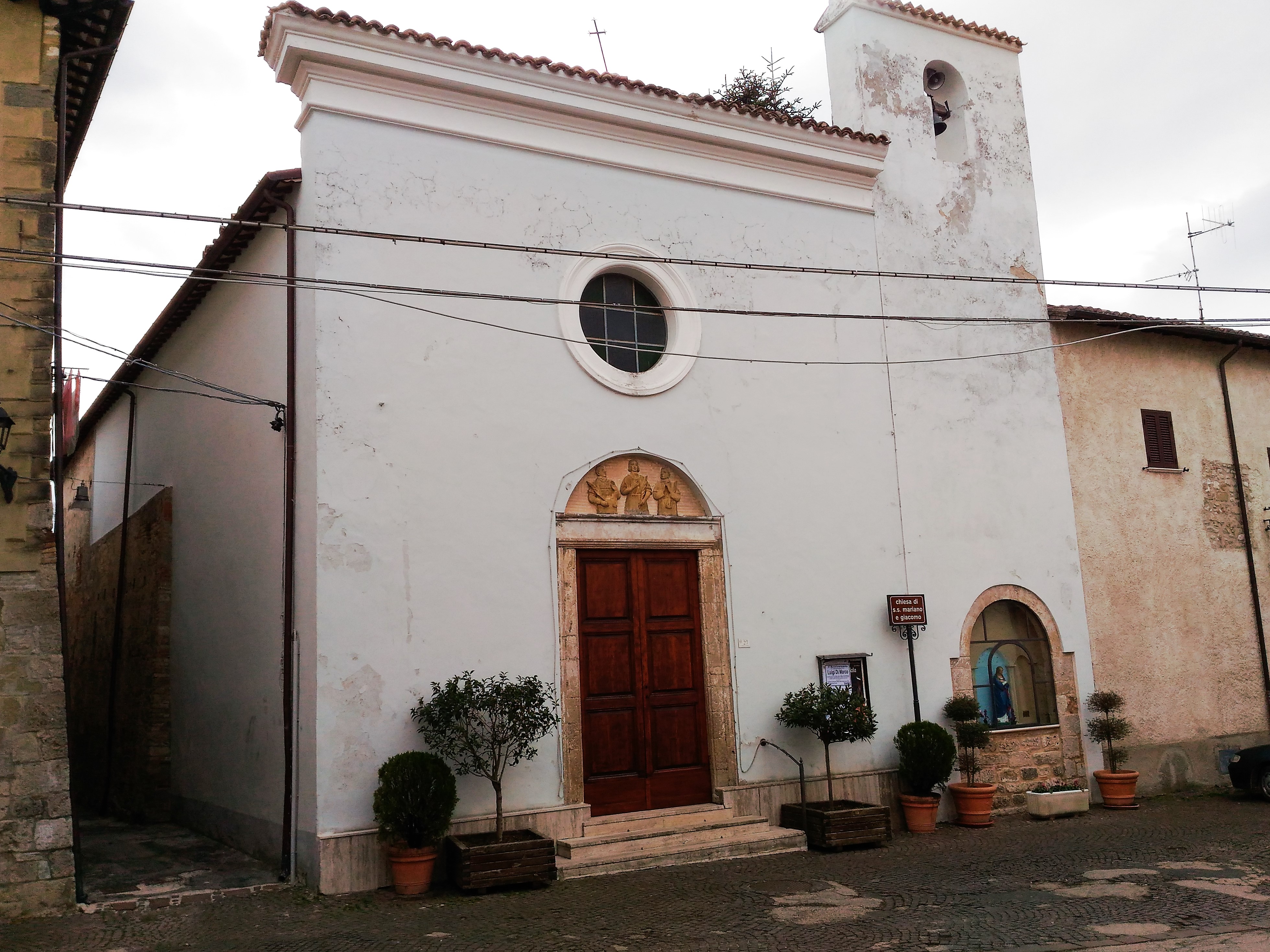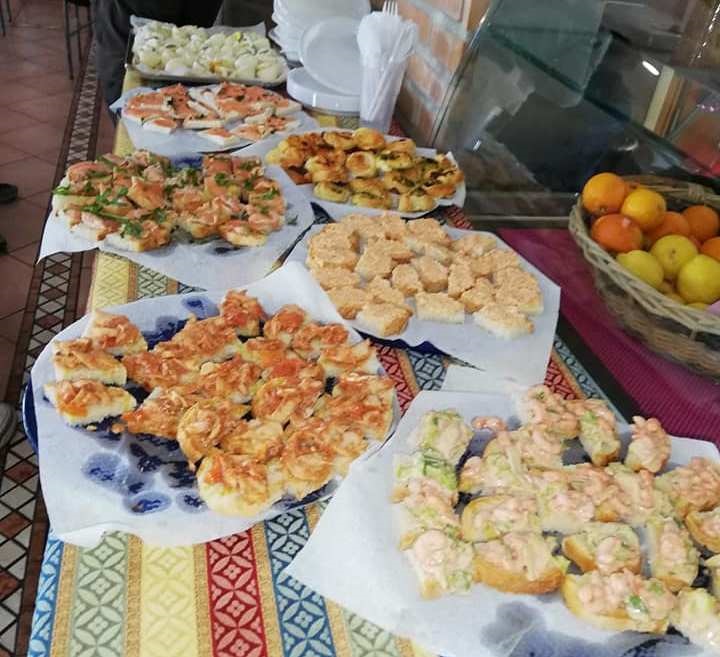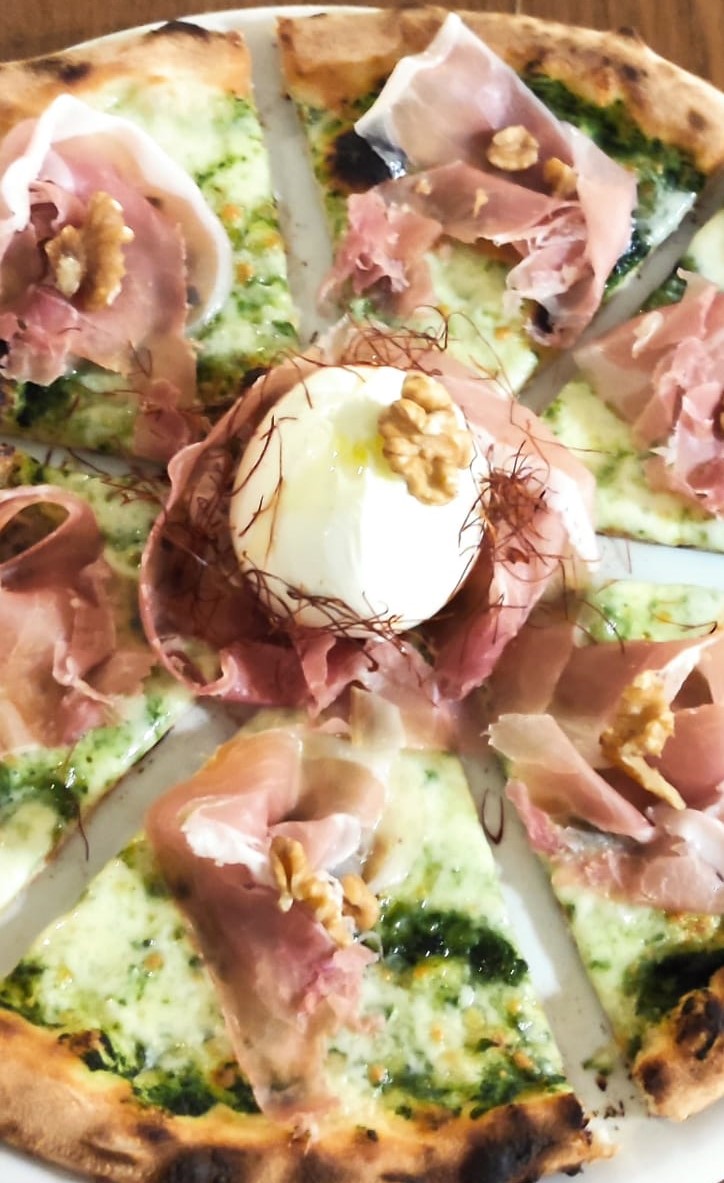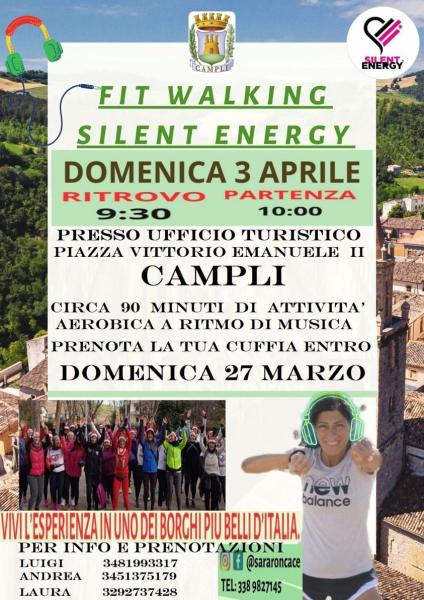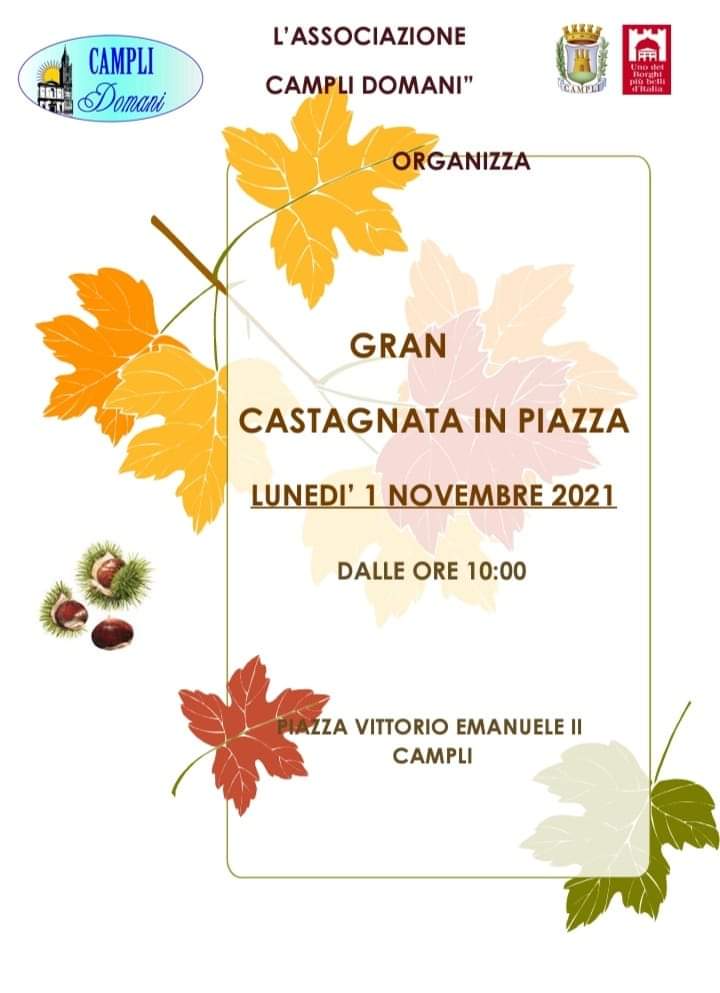Nocella
Along the road leading to Campli you will find the ancient district of Nocella. In past centuries, when it was a neighborhood, it housed tailors, blacksmiths, shoemakers, carpenters, known above all for the master terracotta workers. The latter created various devotional statues of Madonnas and Saints, for private and public devotional use, many of which are still exhibited in the churches or scattered houses of the municipal territory.
The village, partly modern, preserves numerous and remarkable houses in unworked stone , well aligned and bonded with mortar. Some date back to the 16th century, often embellished with graceful portals with round arches and windows with stone frames, overhanging or shaped architraves. In the main square stands the high Torre del Melatino erected in 1394 by Robert IV of Melatino for defense and sighting, the bell tower of the abbey of SS. Mariano and Giacomo. The coat of arms still stands out on one side: a five-branched apple tree, uprooted flat. Palma specifies that it was built by a certain Maestro Giocondo. On the wall facing the square is a clock with a round dial with spheres and a single hand for hours and minutes. The historian refers to three access gates, no longer existing today.
In 1557, while the nearby Campli was subjected to fierce looting by French troops, the village resisted valiantly. In the main street the Parish Church of SS. Mariano and Giacomo. In the locality of Piane of Nocella, the small Church of S. Antonio from Padova houses a now headless clay statue (Madonna with Child) of the Nocellese school, from the early 16th century. The toponym derives from the diminutive "walnut".
